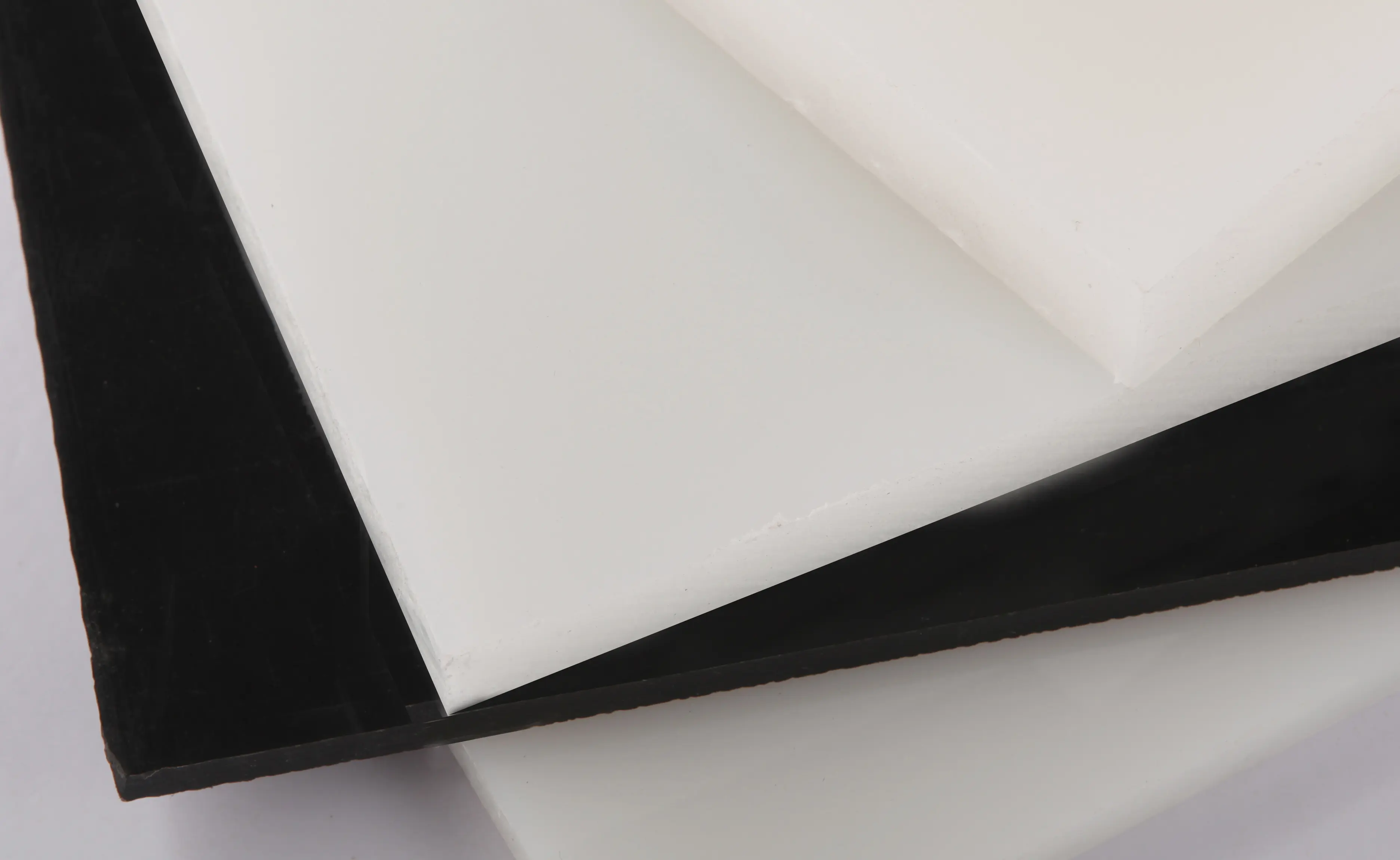Nov . 15, 2024 23:26 Back to list
hdpe irrigation pipe fittings
Understanding HDPE Irrigation Pipe Fittings A Comprehensive Guide
High-Density Polyethylene (HDPE) irrigation pipe fittings have become essential components in modern agricultural practices. The use of HDPE materials offers several benefits, such as durability, flexibility, and resistance to corrosion. As the need for efficient water management grows, understanding the characteristics and advantages of HDPE irrigation pipe fittings is crucial for farmers, landscapers, and irrigation professionals alike.
What is HDPE?
High-Density Polyethylene is a type of thermoplastic made from the polymerization of ethylene. Its structure gives it a high strength-to-density ratio, making it suitable for a variety of applications, including irrigation systems. HDPE is known for its robustness and longevity, which translates to a longer lifespan for pipe fittings compared to conventional materials like PVC or metal.
Benefits of HDPE Irrigation Pipe Fittings
1. Durability HDPE is resistant to acidic and alkaline substances, which makes it ideal for agricultural use where soil chemistry can be varied. It can withstand harsh environmental conditions, including UV exposure, freezing temperatures, and high-pressure applications.
2. Flexibility Unlike rigid materials, HDPE offers significant flexibility that allows for easy installation and the ability to adapt to changes in landscape or pressure. This flexibility helps in reducing the risk of breakage during transport and installation.
3. Corrosion Resistance HDPE does not rust or corrode, unlike metal pipes, which can degrade over time when exposed to moisture. This characteristic ensures that HDPE fittings maintain their structural integrity and functionality over prolonged periods.
4. Lightweight HDPE fittings are considerably lighter than their metal counterparts, making them easier to handle and install. This reduces labor costs and improves efficiency during installation.
5. Cost-Effectiveness Though the initial investment may be higher than traditional materials, the long-term savings from reduced maintenance and replacement costs make HDPE fittings an economically viable option. Their durability means less frequent replacements, which translates to lower overall costs over time.
6. Environmentally Friendly HDPE is recyclable, which means that at the end of their life cycle, they can be repurposed into new products. This feature makes HDPE fittings an environmentally responsible choice for sustainable agriculture.
hdpe irrigation pipe fittings

Common Types of HDPE Irrigation Fittings
1. Elbows These fittings are used to change the direction of the piping system. Common angles include 45-degree and 90-degree elbows, essential for navigating around obstacles in an irrigation layout.
2. Tees Tees are utilized to connect three sections of pipe, allowing for branching of irrigation systems. This is particularly useful in complex layouts where multiple lines are required.
3. Couplers Couplers are designed to join two pipes together. They are essential for extending the length of the irrigation system or repairing damaged sections.
4. Adapters These fittings allow for connections between different types of materials, such as HDPE to PVC or metal piping. They help facilitate a versatile irrigation design.
5. End Caps Used to seal the end of a pipe, end caps are necessary when terminating the line to prevent leaks and contamination.
Installation Considerations
When installing HDPE irrigation pipe fittings, several considerations come into play. First, it is critical to conduct a thorough site assessment to determine the layout and design of the irrigation system. Proper trenching practices should be observed to avoid damaging the fittings during installation. Additionally, using appropriate joining techniques, such as heat fusion or mechanical connections, ensures that the fittings are secure and leak-free.
Conclusion
HDPE irrigation pipe fittings represent a significant advancement in irrigation technology. Their numerous benefits—ranging from durability and flexibility to cost-effectiveness and environmental friendliness—make them an optimal choice for modern agricultural irrigation systems. As water conservation becomes increasingly vital in farming, investing in quality HDPE fittings will lead to improved irrigation efficiency and sustainability. By understanding the different types and their applications, users can make informed decisions that enhance their irrigation systems and promote responsible water management.
-
Durable PP Rigid Sheet: Lightweight, Chemical Resistant Solutions
NewsAug.21,2025
-
PVC Grey Sheet for Extraction: Chemical Resistant & Durable
NewsAug.19,2025
-
Durable PVC Pipe Fittings for Plumbing & Irrigation Needs
NewsAug.18,2025
-
HDPE Steel Belt Reinforced Spiral Corrugated Pipe | High Strength
NewsAug.17,2025
-
HDPE Pipe Fittings: Durable, Leak-Proof Solutions
NewsAug.16,2025
-
Premium CPVC Sheet: High-Temp & Chemical Resistant Solutions
NewsAug.15,2025

